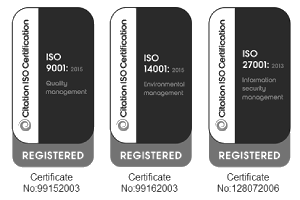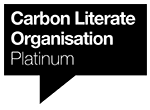Here’s another thing for your ‘to do’ list
A recent Public Accounts Committee report on Low Emission Vehicles (HC 186) noted that the Government needs a clear plan for delivering on its ambitions to remove existing petrol and diesel cars, with action especially required to address the matter of ensuring there is adequate charging infrastructure. The usual question will emerge about the role of the state in this type of issue – should government be providing these facilities or is it better left to the market? Taking a similar topic – the introduction of solar panels - the approach was to subsidise the cost through the Feed in Tariff up to a point where government decided it was established in the market and projects were considered viable without subsidy. Although there are solar projects which have been built out, we will never know how many would have been built if the subsidy had remained and so whether the timing to remove the subsidy was right or not. Suffice to say the subsidy was the approach used and some would argue that the government’s timing was correct when it removed the subsidy because solar is now so well established as a technology.
It could be argued that the same approach is necessary with regard to chargers for electric vehicles. The debate about whether to satisfy potential demand or supply chargers once demand exists, will go on. However, the Department informed the Committee that it has not set targets for the number or type of charging infrastructure required to support the zero-emission vehicle transition because it expects private investment to drive this, which sounds as though the approach is set.
Either way, the infrastructure has to be installed including the cost of surveys, groundworks, ducting and cabling, grid work and more as well as the chargers. The PAC report notes that it was informed by the Department of Transport that there are now 20,800 public charge-points in the UK, with 783 new charge-points created in the 30 days before our evidence session in March 2021, 124 of which were rapid. So they can claim they are doing their bit. This includes infrastructure on the strategic road network, so that drivers are never further than 20 miles from a rapid charge-point and it will spend £950 million through Project Rapid for rapid charge-points at motorway service areas in England. The Department also told the Committee that there will now be a “shift” in focus from funding for home charging to on-street and other publicly available local charging. The government has doubled investment for the current year for the on-street residential charge scheme and will be doubling it to £20 million for next year too. It has committed £90 million to support larger local charging.
However, the National Audit Office has reported that the take-up of funding for local authorities to support on-street residential charge points has previously been poor with almost a third of the allocated funding of £8.5 million not used. Whilst the Department acknowledged that these programmes tended to be underspent and pointed to capacity and appetite at local authority level, it is a tough job asking for funding when existing funds are nor fully allocated.
Like most things it may come down to data. Local issues are significant – what is the level of local EV ownership or expected ownership? What is local grid capacity? Is range anxiety more of a factor in rural areas? Are chargers being installed at key destinations (supermarkets, car parks, leisure centres)? The English Housing Survey indicates that 33% of households do not have access to off-street parking, and this increases to 68% for people living in social housing – is this the case in your local area? Is on-street charging a local issue?
We are supporting a number of councils with drawing up electric vehicles strategies and data is fundamental in this process too. Major change needs planning and a strategy – as much at the local level as at the national. The issues are similar but not identical for each area. If you have a strategy that’s great but if you don’t add it to your ‘to do‘ list.

.png)



.png)